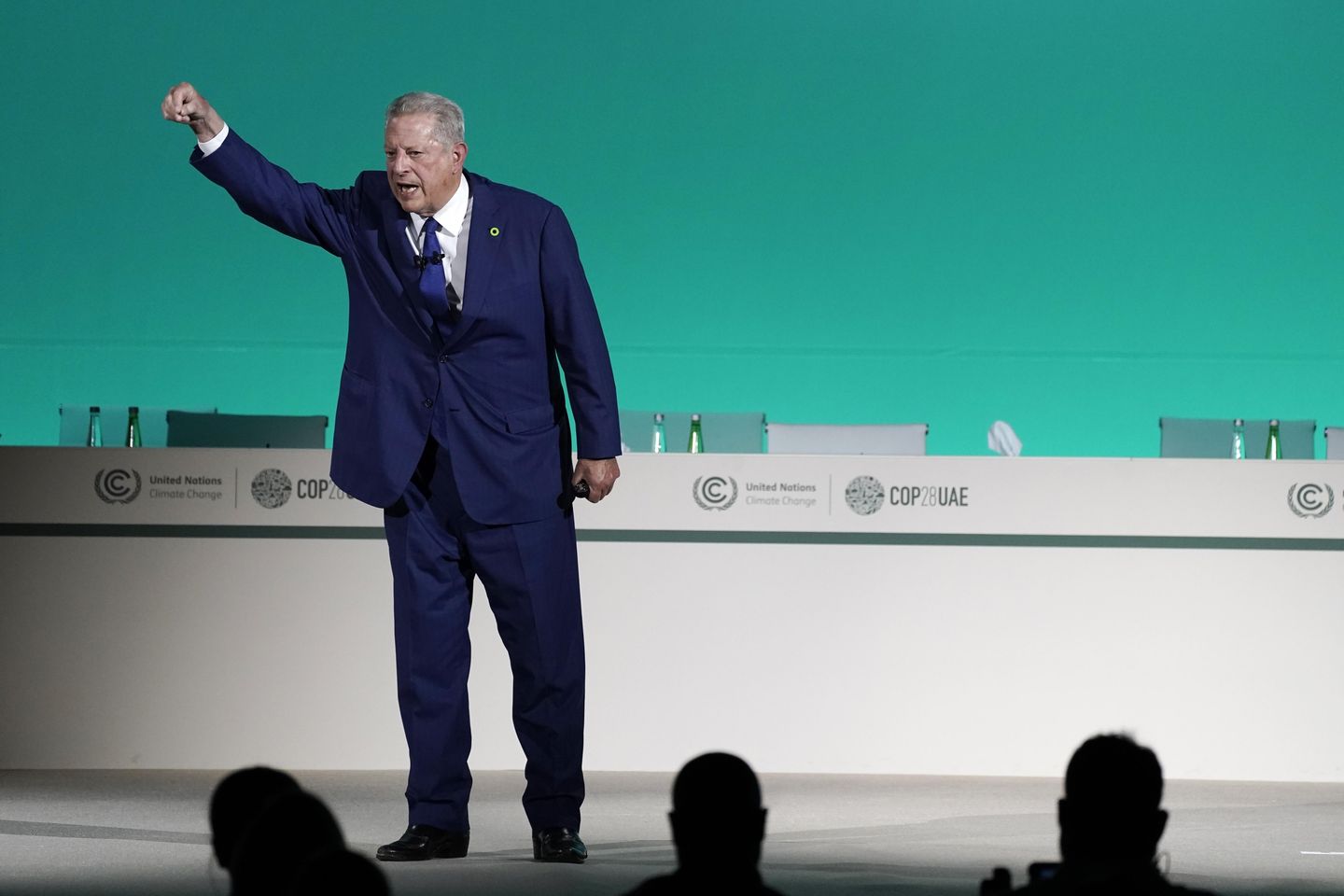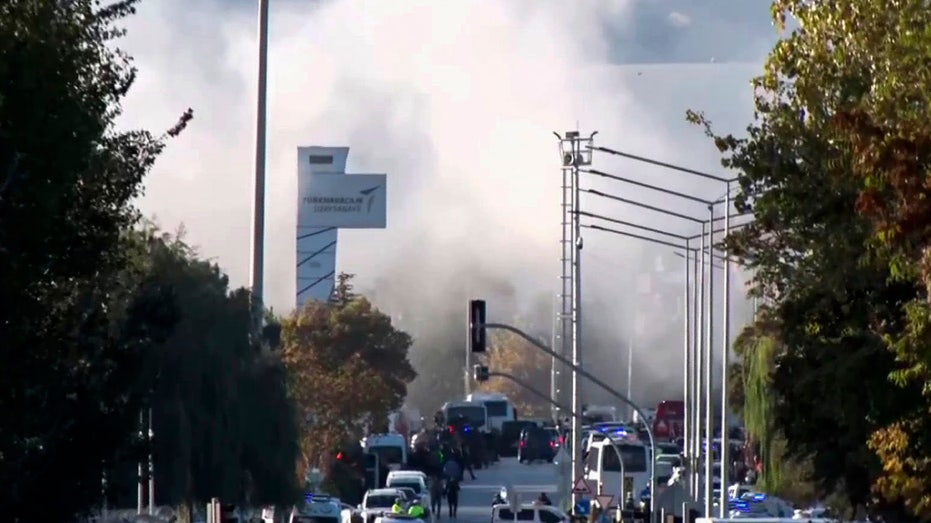OPINION:
Al Gore launched a highly lucrative second career as a climate soothsayer. The former vice president’s runaway success taught a generation of politicians the value of dire forecasts in advancing public policy goals. And Mr. Gore hasn’t slowed down.
In a year-end interview with host Jake Tapper on CNN’s “State of the Union,” the Nobel Peace Prize winner ticked off a list of horrors befalling the planet if his policy prescriptions are ignored: megastorms, flood, mudslides, droughts, melting ice, rising sea levels and tropical diseases. Worse, Mr. Gore added, “If we don’t take action, there could be as many as 1 billion climate refugees crossing international borders in the next several decades.”
Leaders the world over have seized upon Gore-style climate omens to advance a ban on the fossil fuels and internal-combustion engines that have been responsible for humanity’s unmatched leap in progress. They propose instead a headlong embrace of “renewable” sources currently inadequate to the task of preserving human life, let alone human prosperity.
Mr. Gore warned of a warming-triggered melting of the polar ice caps, causing rising sea levels to flood coastal cities worldwide. But how likely is it?
Since his 2006 award-winning documentary, “An Inconvenient Truth,” the climate guru has argued that rising greenhouse gas concentration in the atmosphere — a product of human industry — is triggering a rise in global temperatures. Owing to climbing carbon-dioxide levels, which measured 381 parts per million that year, the Arctic ice cap would disappear by 2012, he prophesied.
It didn’t. In 2012, when atmospheric carbon-dioxide levels reached 392 parts per million, the northern ice cap shrank to a record low — 1.3 million square miles — before returning to its cyclical pattern of seasonal growing and shrinking, according to the National Snow and Ice Data Center.
By 2022, atmospheric carbon dioxide rocketed to 417 parts per million while the ice cap once again shrank below its normal dimensions. It is still slightly beneath its average, but at 5 million square miles, it still covers an area more expansive than any nation except Russia, the largest on Earth.
A similar prediction-defying pattern is evident at the South Pole, where Antarctic sea ice shrank to historical lows in 2022. The ice sheet has since expanded, and at 2.7 million square miles, it nears its historical norm. As researchers at the National Oceanic and Atmospheric Administration acknowledge on Climate.gov, “Overall, the long-term trend in Antarctic sea ice is nearly flat.”
Clearly, factors other than the air emissions that Mr. Gore rails about contribute to polar ice conditions and global temperature oscillations that affect them. Rather than inundation from melting ice and rising sea levels, the true global threat would be a loss of the energy necessary to power modern civilization if, as planned, fossil fuels are eliminated.
A healthy natural environment is in everyone’s best interests. But we shouldn’t rush headlong into energy scarcity because of climate claims that fail to stand the test of time. Doing so is far more likely to precipitate the human tragedy of which climate change activists warn.
Copyright © 2024 The Washington Times, LLC.
Click
here for reprint permission.
Please read
our comment policy before commenting.










